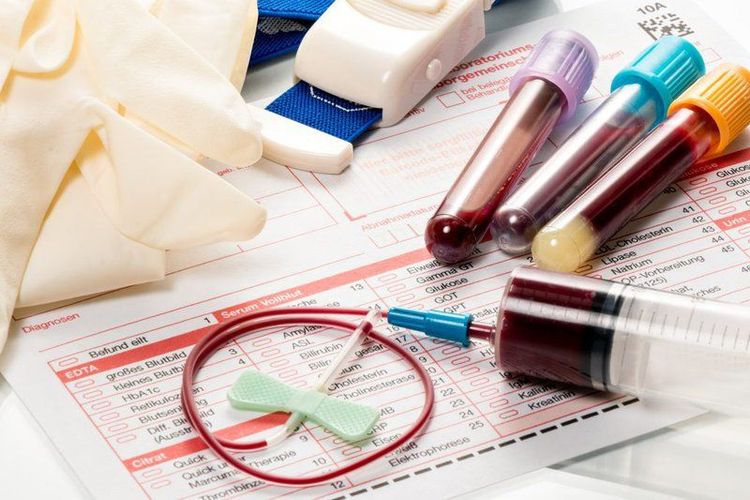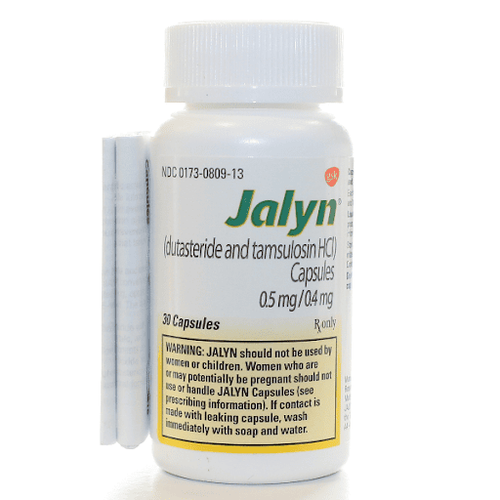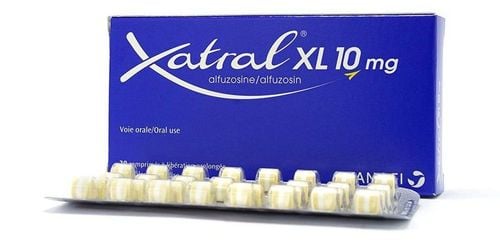This is an automatically translated article.
Prostate cancer is common in elderly men, accompanied by symptoms such as nocturia, frequent urination, blood in the urine, painful urination... The disease is likely to be cured if detected early through prostate cancer screening tests. So what to look for when doing prostate cancer screening?1. What to do when screening for prostate cancer
Principles of prostate cancer screening are rectal computed tomography, PSA tumor marker test and endorectal ultrasound. Histopathological diagnosis by surgery or biopsy is the standard for diagnosis.
1.1. Computerized tomography of the rectum This is the classic screening test for prostate cancer. The doctor will put on medical gloves and apply lubricant, then insert a finger into the rectum to feel for abnormal changes in the prostate. Prostate cancer usually begins behind the gland and can be felt on examination with this procedure.
Rectal computed tomography can detect 55% - 68% of prostate cancer, when the disease is asymptomatic. However, this procedure is often uncomfortable, a bit irritating for the patient, and the sensitivity is also limited.
1.2. PSA Blood Test When you have no specific symptoms, a PSA blood test is used to screen for prostate cancer in men. This is the first test when conducting prostate cancer screening. The PSA test has many useful results in the diagnosis of prostate cancer:
For those who have just been diagnosed with prostate cancer. Prostate cancer, PSA test results for physical examination and tumors. This will help doctors decide if other tests are needed. Performing a PSA test will determine the stage of the cancer and how far the cancer has spread to other parts of the body or is still limited to the prostate gland. Based on the PSA level, doctors will have a suitable treatment for each patient. The performance of the PSA test plays an important role in the monitoring of prostate cancer during and after treatment.

Xét nghiệm máu PSA mang lại kết quả hữu ích trong việc chẩn đoán ung thư tuyến tiền liệt
1.3. Cross-sectional ultrasound A small, lubricated finger-width probe will be inserted into your rectum. When it enters the prostate, the transducer sends out ultrasound waves, transmitting black and white images of the organ to the computer it is connected to.
Transverse ultrasound (TRUS) is often used to examine the prostate gland in men with abnormally high PSA levels. This method is used to measure the size of the prostate gland, detect the disease early, and guide the patient's treatment.
1.4. Prostate Cancer Biopsy Test When a PSA blood test shows you're at risk for prostate cancer, your doctor will perform a prostate biopsy to pinpoint you. sick or not.
The doctor will use a needle to take small samples of the prostate gland, which are viewed under a microscope to diagnose prostate cancer. This procedure is often combined with a transverse ultrasound to insert a thin, hollow needle through the wall of the rectum into the prostate gland. The needle will carry a small tissue of the prostate gland when it is pulled out.
Prostate cancer biopsies can be painful, but only for a short time. Most often, doctors will numb the area indicated for the biopsy by injecting a local anesthetic next to the prostate.
Prostate cancer cell biopsy is the last and only way to accurately diagnose whether you have cancer or not.
2. Importance of Prostate Cancer Screening
Prostate cancer can be cured if detected early, while reducing treatment costs and possible complications after treatment.
When it is at a late stage, it is often more difficult to treat a tumor because the tumor has invaded the surrounding or metastasized. At that time, the patient will have to undergo more severe treatment measures such as pelvic radiation therapy, which can cause many complications. In addition, the cost of treatment will also be much more expensive, the life time is also shorter.
3. Where should prostate cancer screening be done?

Khám bệnh tại Bệnh viện Đa khoa Quốc tế Vinmec
Currently, at Vinmec International General Hospital, there is an intensive prostate cancer examination package for customers.
This is a reliable address for you to choose to perform prostate cancer screening and treatment methods with the following advantages:
Leading modern ultrasound system. Labo testing system meets international standards. There is a team of leading experts, experienced in the field of urology. After screening and screening, doctors will directly consult and perform intensive treatment right at Vinmec if cancer is detected. Here, patients will receive cancer treatment according to the most advanced and modern methods: laparoscopic surgery with robots, radiation and chemotherapy. Professional customer service. Prostate cancer screening tests play a very important role in detecting and treating the disease. Currently with increasingly advanced and modern medicine, prostate cancer is completely curable if detected in time.
Please dial HOTLINE for more information or register for an appointment HERE. Download MyVinmec app to make appointments faster and to manage your bookings easily.













